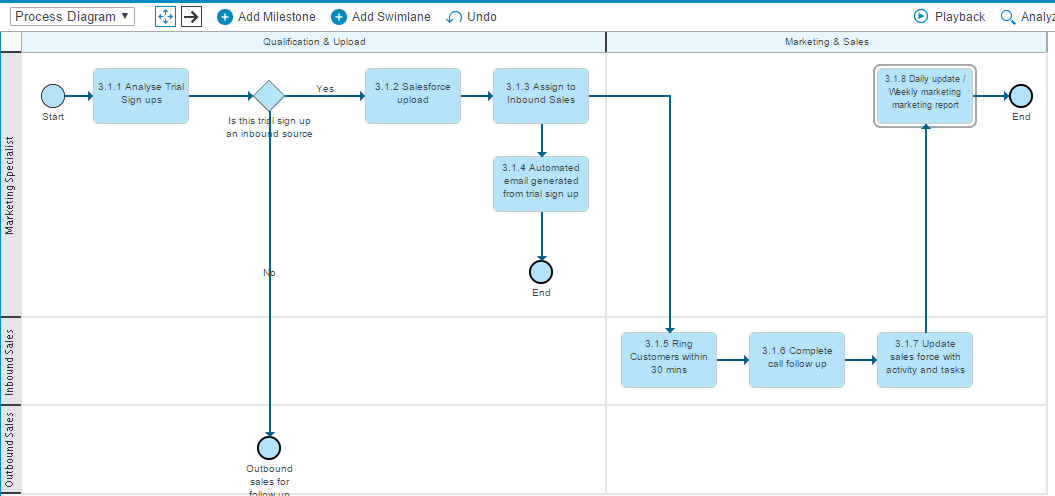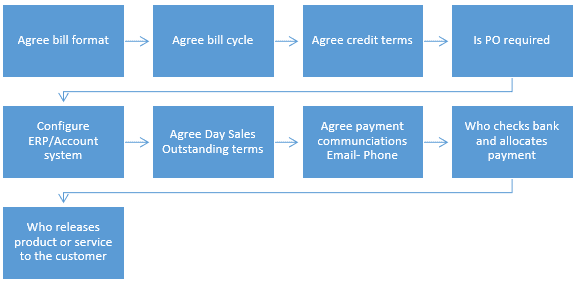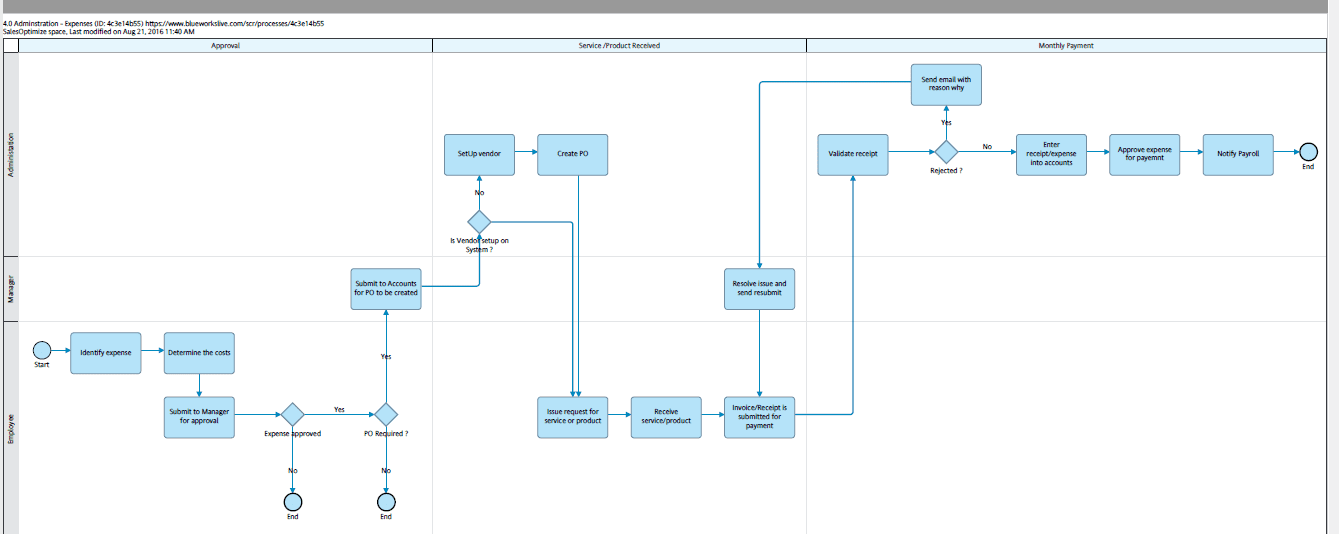


Gold in the Emerge-Tech Category!
24/08/2021Let’s dive into the importance of business processes for startups and how they can help boost your revenue. We’ll also explore some handy tools for mapping out these processes and reaping the benefits they offer. If you’re in the startup space, you know that finding order in the midst of chaos and reaching revenue targets is crucial. So, let’s dig in and discover why implementing processes is vital for generating revenue and achieving peace of mind.
First, let’s define what we mean by “business processes.” These are essentially a series of tasks aimed at delivering activities, services, or products to either internal or external customers. When you’re in the startup phase, having well-defined business processes is critical for ensuring smooth operations. They help keep things running smoothly, and there are ten key reasons why implementing them is essential:
1. Enhancing Inbound Sales Conversion Rate:
Are your marketing and sales processes clearly defined and aligned? Startups often need help converting inbound leads. By establishing an efficient inbound sales process, like prompt follow-ups, you can significantly improve lead conversion rates.


You will need to run a report from your CRM system or product to track any inbound sales leads which have not been called within 30 mins, 60 mins, 2 hours, and 24 hours.
2. Boosting Team Productivity:
Uncertainty can hinder productivity. By mapping out major processes for each role, you can establish a productive rhythm for your team. This clarity empowers them to focus on their work and accelerates acquiring new customers.
3. Facilitating Quick Onboarding of New Hires:
Processes provide a structured approach to efficiently train new hires. Balancing training and critical tasks can be challenging in startups, but incorporating essential strategies into their training can speed up their acclimation to the role and their interactions with colleagues.
4. Accelerating Product Releases:
Efficiently managing bug fixes and product release schedules is crucial for startups. By mapping these processes and establishing decision-making criteria, you can streamline your product development cycle.
5. Optimizing Revenue Collection:
Clear agreements on billing cycles and credit terms with customers are essential. Defining billing and collection procedures and implementing them consistently can prevent disruptions to revenue flow.


6. Enhancing Staff Happiness:
Streamlining expense and holiday approval processes can alleviate unnecessary pain points for your team. By establishing clear guidelines, you can simplify administrative tasks and minimize employee frustration.


In addition, you will need to agree on the holiday form tracker and what happens with unused days. This is a very simple process to create. Here’s an example of our holiday tracker:
7. Improving Customer Onboarding:
As your startup grows, customer onboarding becomes crucial. Documenting the onboarding process and exploring automation opportunities can enhance the experience for new customers and reduce churn.
8. Enhancing Visibility and Customer Satisfaction Rating:
Effectively capturing customer feedback and analyzing top questions can provide valuable insights. Establishing key performance indicators (KPIs) and documenting customer service processes can help manage inquiries more efficiently, leading to improved customer satisfaction.


You can check out more on these here
9. Optimizing Partnership Engagement:
Strategic partners can significantly impact your startup’s revenue and market share goals. Establishing a comprehensive onboarding process for partners, including reviewing agreements and managing tasks, ensures opportunities and potential legal issues are noticed.
10. Scaling Your Organization for Growth:
Process management is crucial for startups aiming to scale effectively. Adopting process management tools can drive cost savings, revenue growth, customer satisfaction, and facilitate organizational scalability.
(right-click and select ‘open image in new tab’ to view full size)


Implementing effective business processes does require dedication and effort, but the rewards are significant. You can create streamlined processes by establishing clear task priorities, assigning responsibilities, and visualizing the connections between tasks. Don’t forget to explore the recommended process management tools mentioned earlier to find the best fit for your startup’s needs.
As your startup grows, you may want to consider investing in a dedicated platform to optimize your outbound operations. One such tool worth considering is TAMI, a leading data provider and market intelligence tool. It can help you size your market, identify your ideal customers, and provide means to contact them quickly. If you’d like to learn more, you can book a free meeting with a member of our team to evaluate a bespoke solution for your needs.
So, get started on implementing those business processes and watch your startup thrive!

